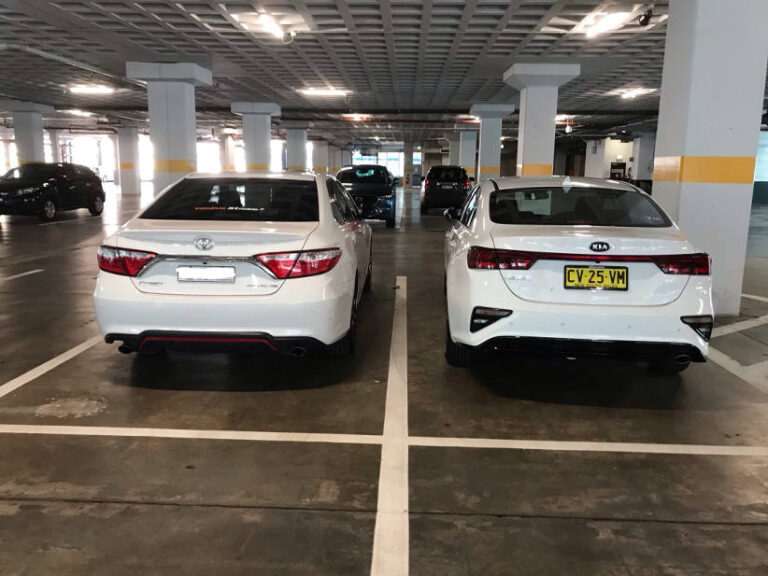– By Paul Oliver (Founder and Principal Consultant at Fleet Advisory) –
When working with clients to conduct Fleet Reviews, the vehicle selection process is a common area for improvement that we identify. Too often, selection decisions are focused on either historical purchases, brand bias or the lowest upfront purchase price.
This has been reinforced in market research conducted by ACA Research in 2020, showing that fleets with less than 250 vehicles are often unaware of the importance of assessing the Whole Of Life Cost of vehicles they consider purchasing for their fleet.
The Australian Corporate Fleet Insights Report (published by ACA) actually listed the Top 5 factors considered by small/medium size fleets in their vehicle selection process as:
1) Reliability
2) Fit for Purpose
3) Warranty period/coverage
4) Fuel consumption/economy
5) Load Capacity
While it was great to see an acknowledgement of the importance of assessing ‘Fit for Purpose’ specifications as a key consideration, the absence of any mention of Whole of Life Cost/Total Cost of Ownership demonstrates a lack of specialist expertise being utilised/available in managing small to medium size fleets.
On the other hand, fleets of 250+ vehicles were shown to be much more aware of the importance of WOLC in optimising fleet ROI. They also demonstrated a greater awareness and priority for Driver Safety through the importance they place on ANCAP vehicle safety ratings.
Why should you determine your Whole of Life Cost?
Determining Whole of Life Cost (WOLC)/Total Cost of Ownership (TCO) should be one of the most important steps of the vehicle selection process, regardless of how an organisation chooses to obtain its vehicles.
The term ‘whole of life’ refers to the end-to-end total cost of ownership of a fleet asset from acquisition, throughout its operational life and finally to its decommissioning and disposal.
Operationally, this is the embodiment of good fleet management – select the right assets, ensure they are operated in the most efficient manner possible, maximise sales proceeds and minimise the end – of – life costs.
Organisations that utilise a Fleet Management Organisation (FMO) should be able to rely on them to provide WOLC analysis as this is a part of their core competency.
Clients are often surprised to find that purchasing a vehicle they deemed ‘too expensive’ (when considering just purchase price) is actually a better value proposition for them, largely based on better resale value and/or lower running costs.
As an Accredited Supplier of the Australian Fleet Management Association (AfMA), Fleet Advisory utilises the Whole Of Life Calculator they have formulated to conduct WOLC Analysis for our clients. Notably, this incorporates future residual value estimates from the industry experts; Red Book.
For more information on WOLC, implementing fleet management best practice or to conduct a fleet review contact us.






